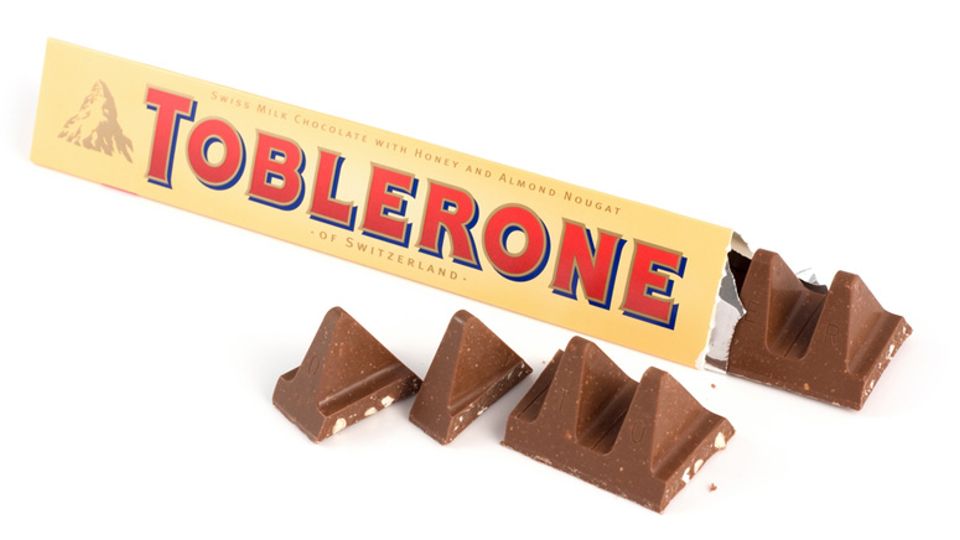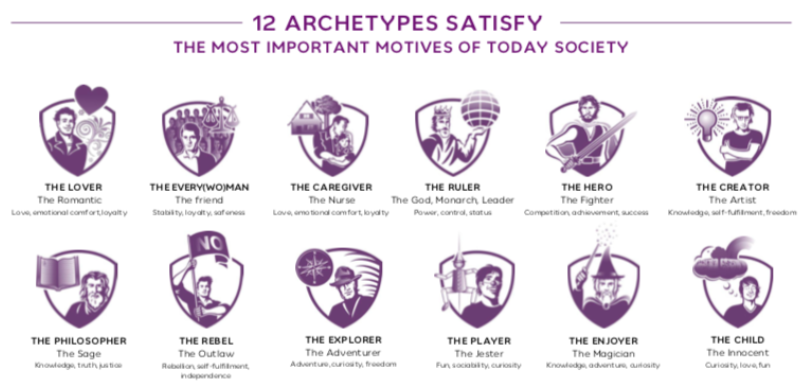How to grow your brand #5. How to build mental availability through branding
In branding, clarity is everything.
Marketers must ensure products stand out to reach large audiences of light buyers cost-effectively.
To do this, marketers have various tools they can deploy.
Marks of distinction
Distinctiveness, or how we stand out from others has been shown in research to be effective at driving mental availability.
Distinctiveness helps lock a brand into memory. It creates a neural association, which makes it easier to recall. How many flat chocolate bars can you name? Several? None? Now how many triangular chocolate bars can you name? It’s much easier to recall something distinctive such as Toblerone, when it is distinct from the category. That distinction is worth money.
Distinction can come from the product, the pack, or the advertising.
Beauty products with a marks of distinction include the iconic tartan of Burberry, the duck egg blue and crystal bottle of Tiffany, the crown and London setting of Rimmel, and the Wave & Red colour of Wella.
A celebrity endorsement such as Kate Moss for Rimmel counts as a mark of brand distinction.
Distinctiveness is one of the most effective tools we have to cut through the noise of the competition and get inside our customer’s heads.
The reason is a matter of human survival: we ignore anything that resembles “business as usual” (it’s not a threat or a benefit), yet we are genetically hard-wired to notice things that break the norm.
By identifying the different assets of our brands, brands can assess them for fame and uniqueness. The leading brands can then be leveraged at all consumer touch points.
Personality
Many brands use personality to help define their brands and lodge them in the minds of customers.
Brand personalities lock into archaic story patterns buyers are already aware of. When fashion giant Coty associate one of its brands with an archetype such as Rimmel and The Rebel, it triggers deep, emotive associations between the brand and buyers.
The clearer and more distinct a brand’s personality, the easier it is for people to recall it.
Personality is increasingly a key point of distinction. That’s why Coty has an outside agency to help define the archetypes of our top 20 brands.
Purpose
Purpose is why the brand exists, how it intends to positively impact consumers’ lives and how it helps our consumers. The notion of a brand’s purpose has been popularized by “Start With Why”, a book and Ted Talk by Simon Senek.
Purpose brings the meaning of brands to our consumers. It also guides marketing decisions about what the brand offers, how the brand acts and communicates.
Purpose is a reflection of the core beliefs and values of the brand. It can also be informed by consumer, culture and category. Evidence suggests that companies with purpose driven-brands outperform the market average.
Related stories
7 benefits of data visualization storytelling
Recent inflation won’t drive up interest rates. The reason is “demographic stagnation”
House prices surge as demand for offices and gyms FALL OFF A CLIFF
About the author

My name is Andy Pemberton. I am an expert in data visualization. I guide global clients such as Lombard Odier, the European Commission and Cisco on the best way to use data visualization and then produce it for them: reports, infographics and motion graphics. If you need your data visualized contact me at andy@furthr.co.uk or call 07963 020 103
Posted in: Uncategorized
